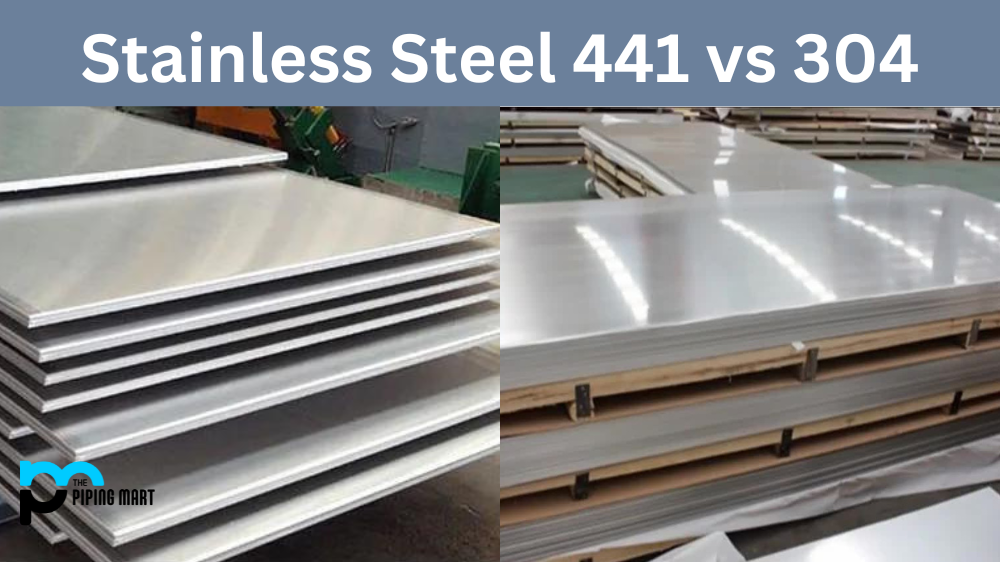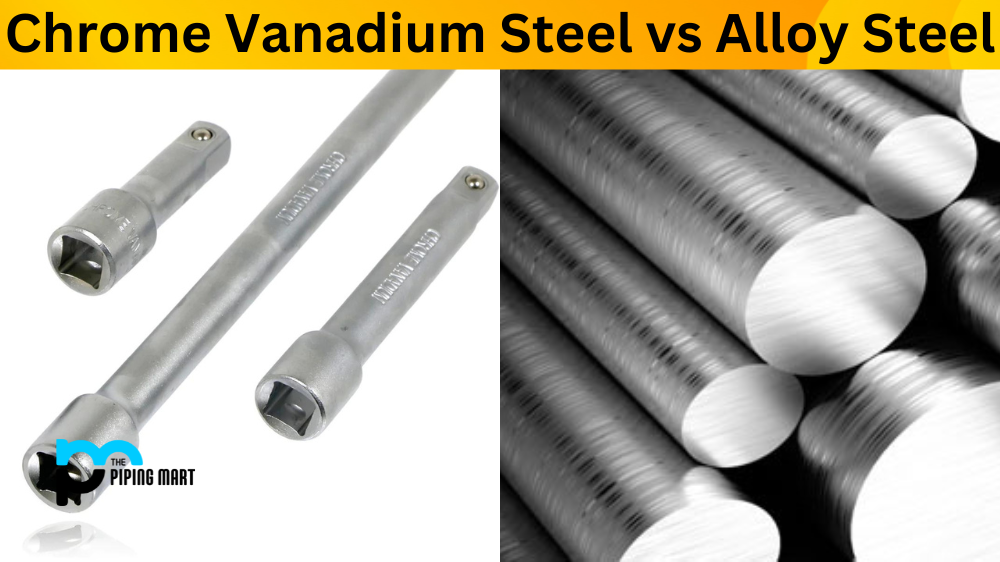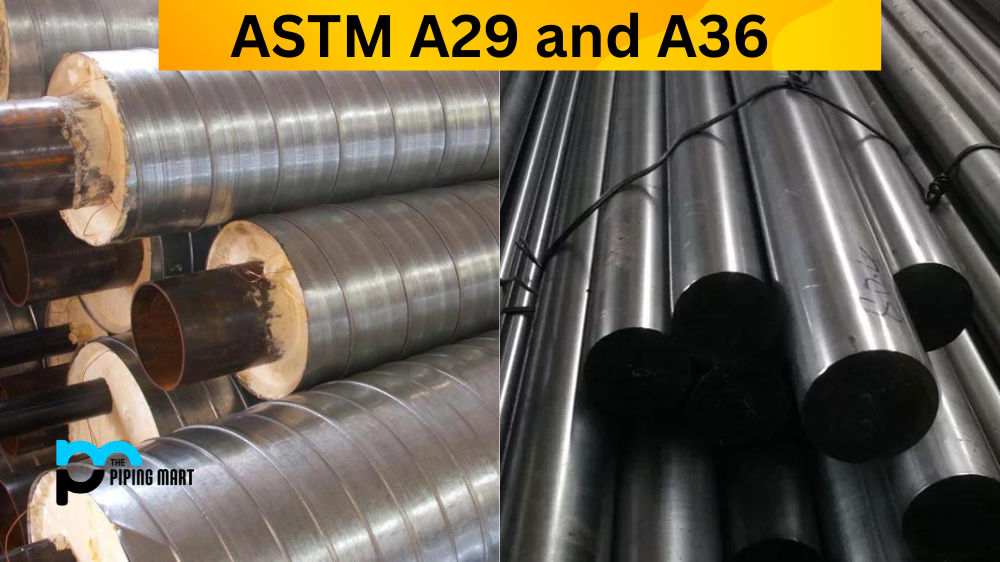There are a few options when choosing the right type of stainless steel for your project. The most popular types are stainless steel 441 and stainless steel 304. So, what is the difference between these two materials? Let’s explore.
Stainless Steel 441
Stainless Steel 441 is an 18/0 chromium ferritic alloy that contains titanium and niobium for added strength when exposed to temperature extremes. This type of stainless steel has excellent corrosion and high-temperature oxidation resistance. It’s also more resistant to stress corrosion cracking than other ferritic stainless steel. As such, it’s ideal for applications that require superior corrosion resistance, such as automotive exhaust systems, industrial equipment, and outdoor environments.
Stainless Steel 304
Stainless Steel 304 is a commonly used austenitic alloy that contains 18% chromium and 8% nickel by weight. It’s highly versatile due to its welding performance and formability characteristics, as well as its ease of fabrication due to its low carbon content. Because of its superior anti-corrosion properties, this type of stainless steel is great for kitchen sinks and food processing equipment, medical devices, chemical containers, heat exchangers, valves, pumps, tanks and more.
Difference Between Stainless Steel 441 and 304
- Stainless steel 441 is ferritic stainless steel that contains niobium.
- Stainless steel 304 is austenitic stainless steel that contains chromium and nickel.
- Stainless steel 441 has a higher melting point than stainless steel 304.
- Stainless steel 441 is more resistant to corrosion than stainless steel 304.
- Stainless steel 441 is less ductile than stainless steel 304.
- Stainless steel 441 is cheaper than stainless steel 304.
Conclusion:
In conclusion, Stainless Steel 441 and Stainless Steel 304 have unique advantages depending on what application they are being used for. For projects requiring superior corrosion or high-temperature oxidation resistance, Stainless Steel 441 may be the best option; if you need something with excellent welding performance or formability characteristics, Stainless Steel 304 may be better suited for your needs. Do your research before deciding which material will work best for your project!

A passionate metal industry expert and blogger. With over 5 years of experience in the field, Palak brings a wealth of knowledge and insight to her writing. Whether discussing the latest trends in the metal industry or sharing tips, she is dedicated to helping others succeed in the metal industry.




